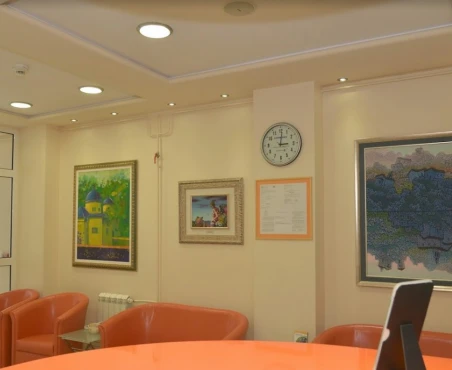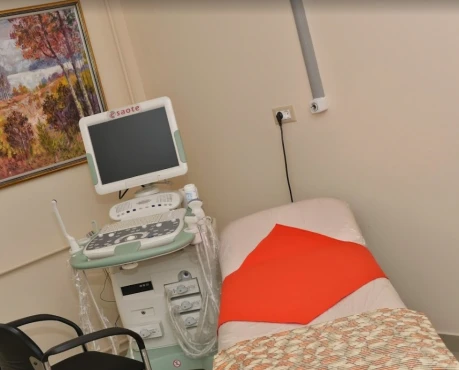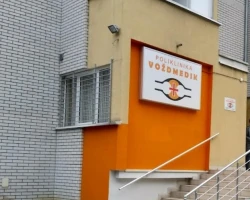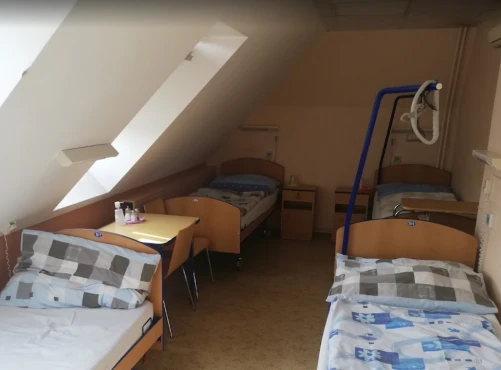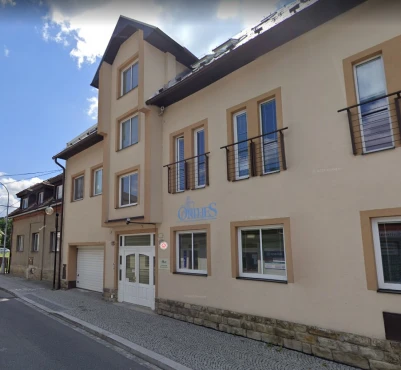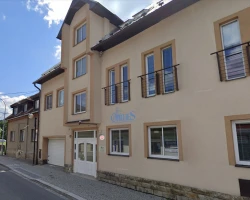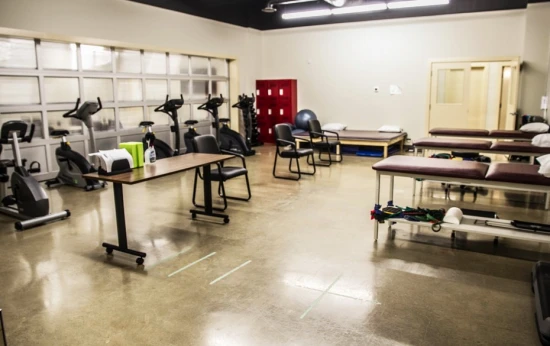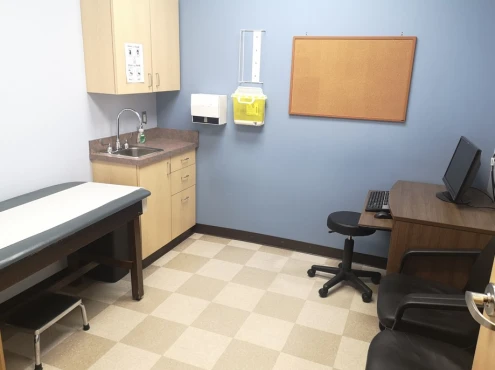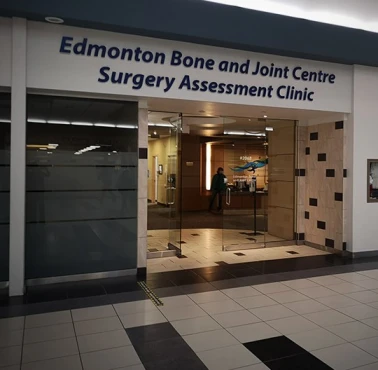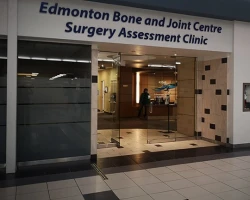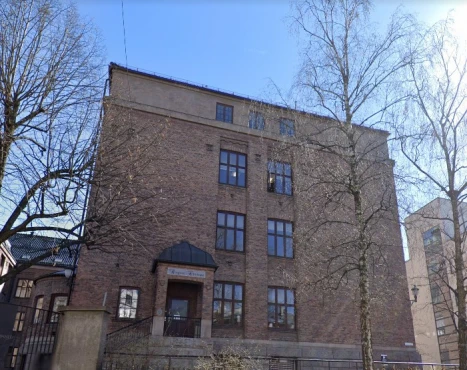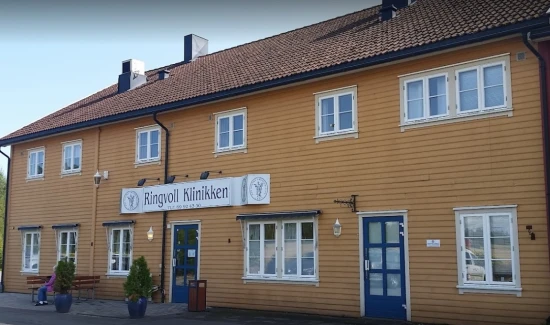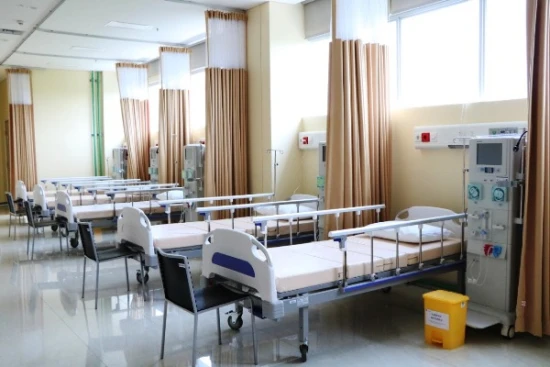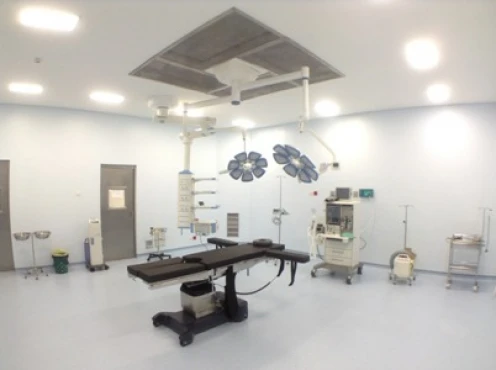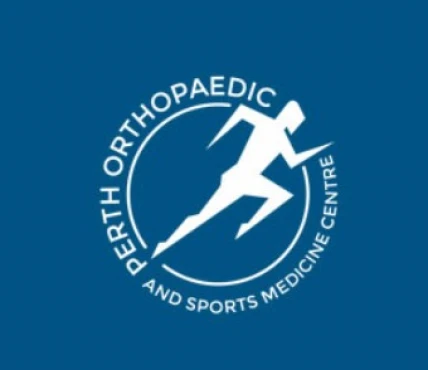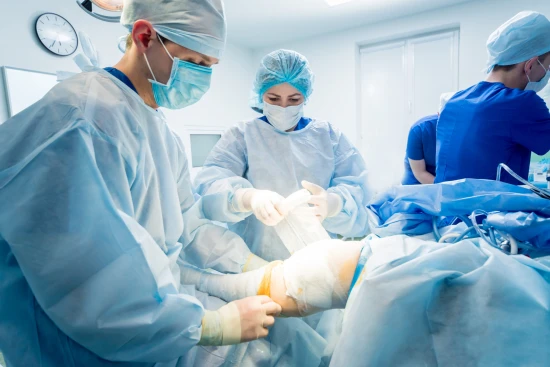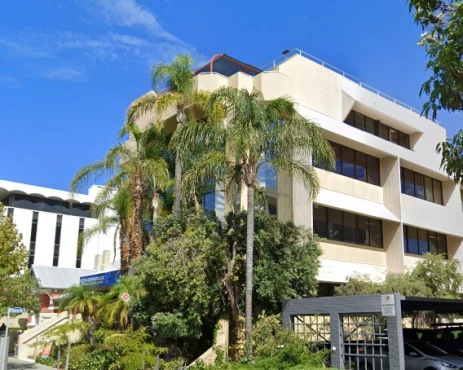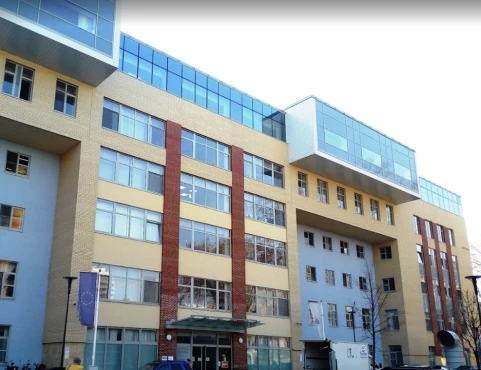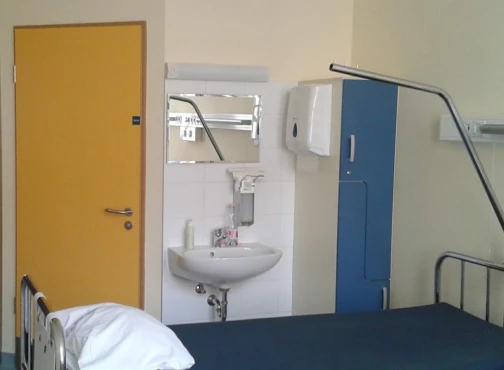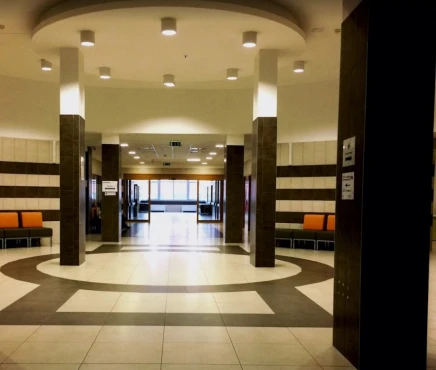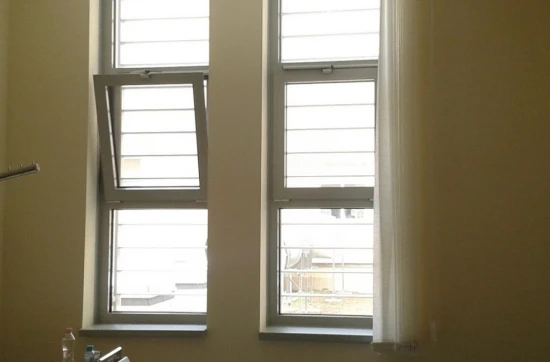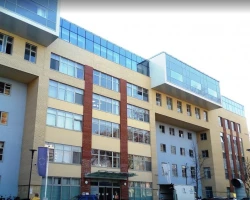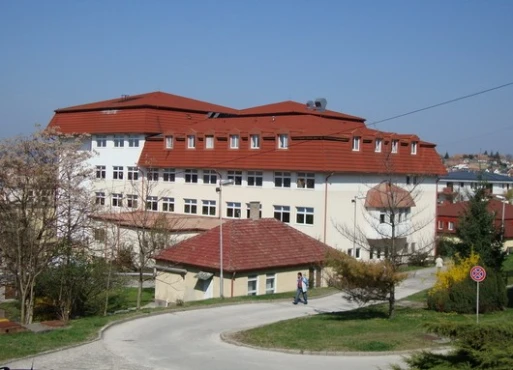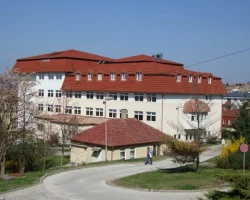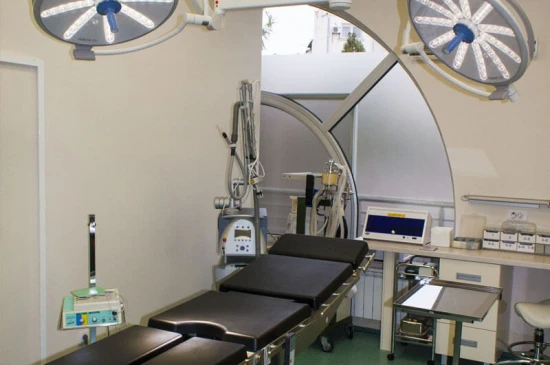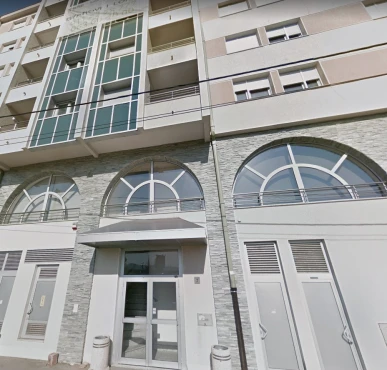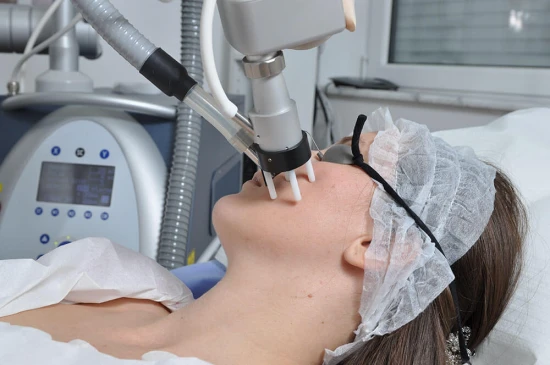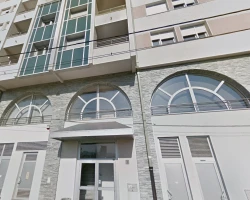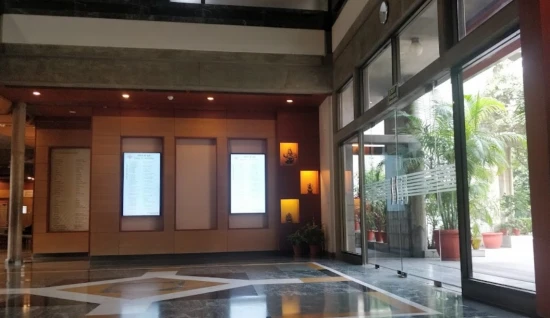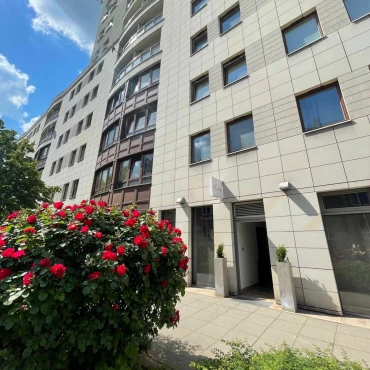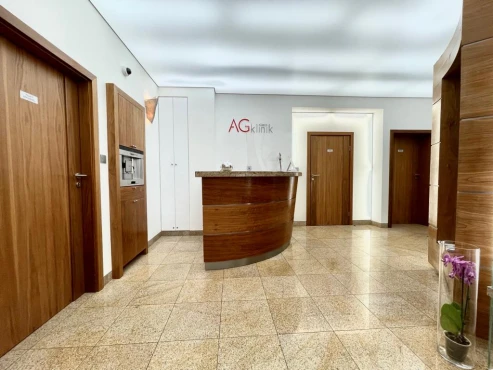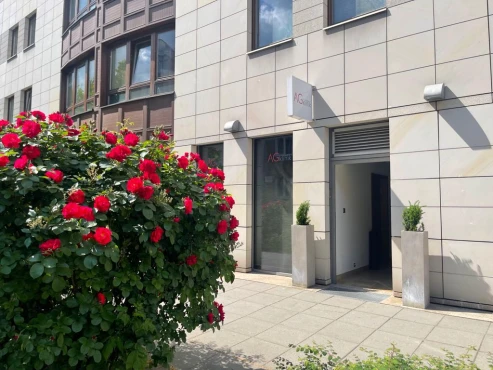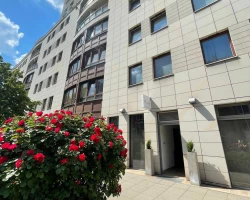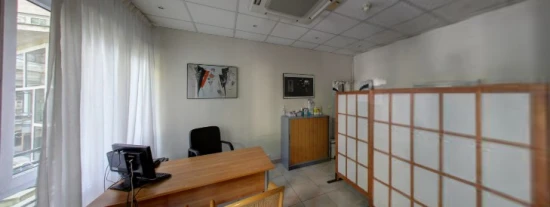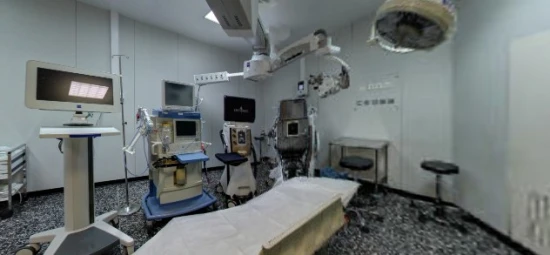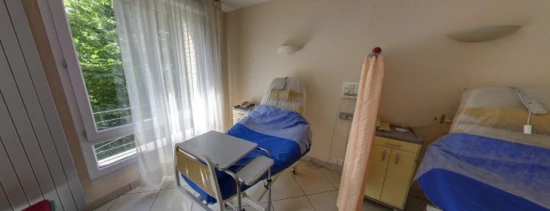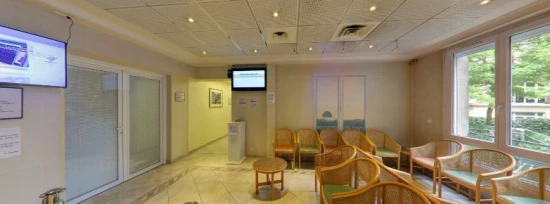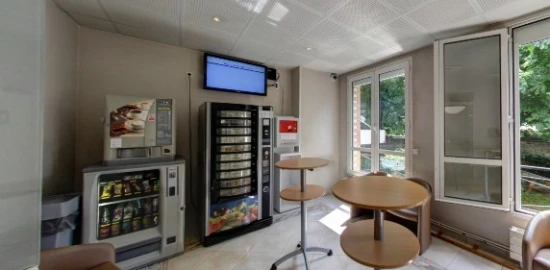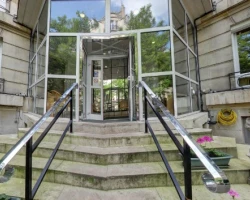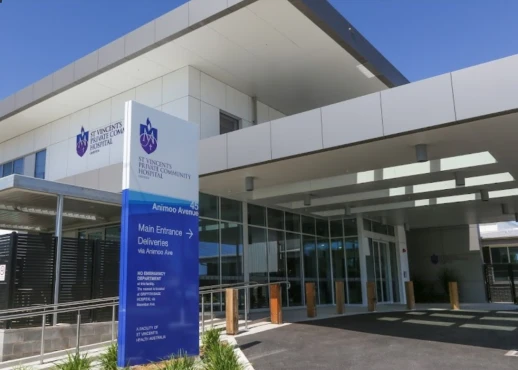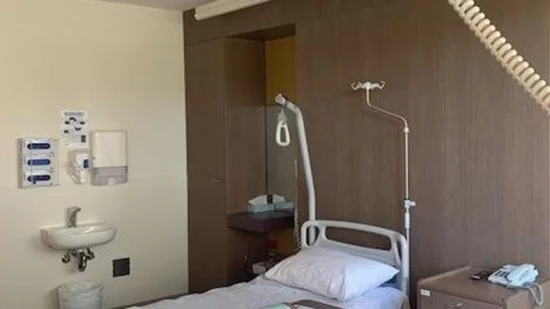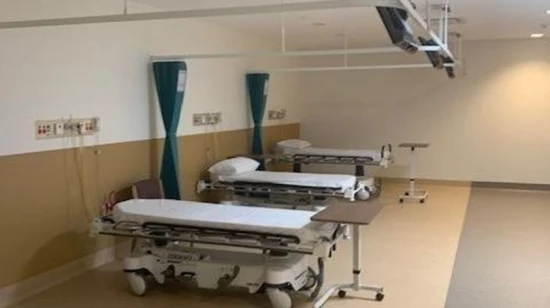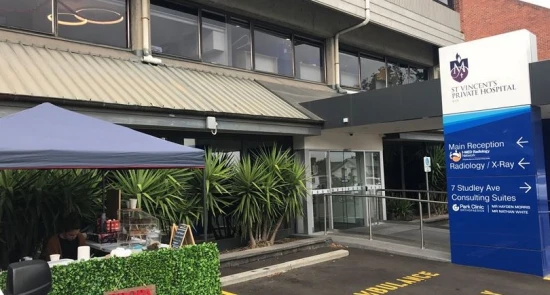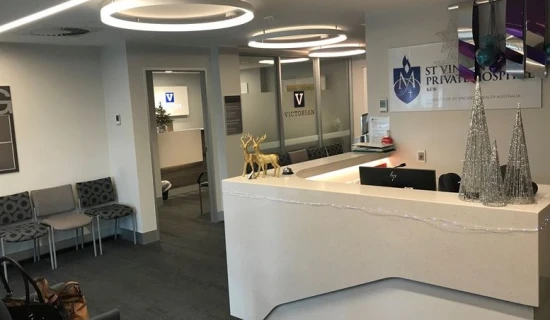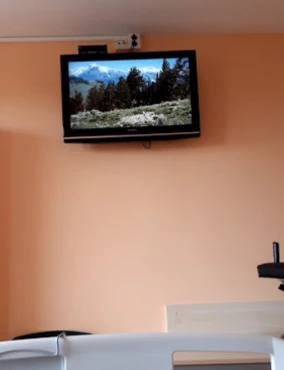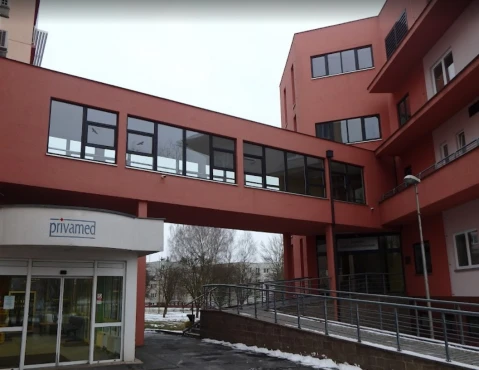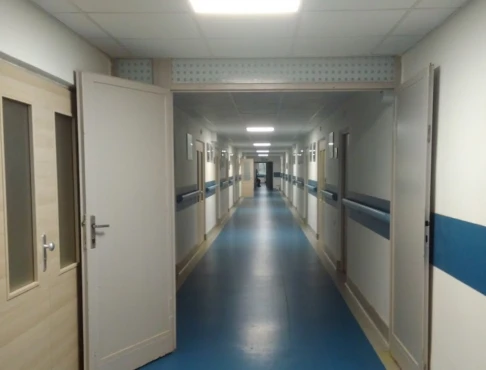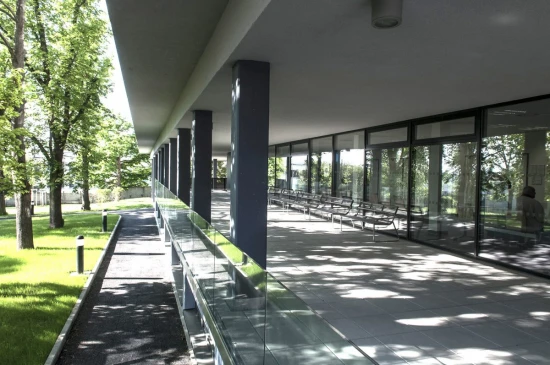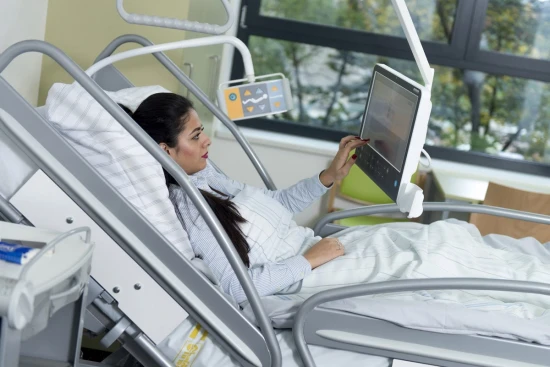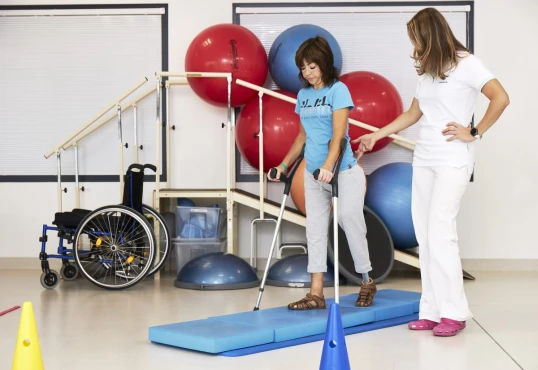Introduction
Many people experience foot tipping without realizing that even a single injury to the ankle ligaments, if not treated correctly, leads to chronic ankle instability (CAI). In this condition, the support function of the foot is impaired, gait instability occurs, and nerve conduction and control of movement by the nervous system are impaired.
Stretching is the most common cause of ankle ligament injuries. This ligament injury often affects people who play sports.
The great danger of CAI is that if the disease is not detected in time, and in the absence of treatment, it can turn into an unpleasant complication – osteoarthritis. The treatment of osteoarthritis requires surgery to replace parts of the joint (endoprosthesis).
Signs of chronic ankle instability
The following symptoms accompany the appearance of instability in the ankle joint:
- pain that increases with prolonged loading of the ankle,
- limited mobility of the joint,
- involuntary painful twisting of the foot during walking or other activities, especially when walking on bumpy surfaces,
- swelling in the traumatized area,
- bruises,
- localized increase in skin temperature,
- painful sensations in the area of the lesion when palpated.
CAI has three degrees of severity:
- I: selective damage to fibers in the ligaments, the functionality of the ankle joint is fully preserved, there is mild pain or discomfort with loads, slight swelling, rare instability,
- II: fragmentary rupture of ligaments, there is regular instability and moderate swelling in the ankle joint, mobility of the leg is limited, pain sensations may occur even in the absence of load,
- III: complete rupture of the ligament, a pronounced pain syndrome develops with any movement, and the painful area is significantly swollen.
If you have injuries and signs of ankle instability, consult a doctor. Self-treatment can lead to irreversible or very difficult-to-correct consequences.
How CAI is formed
Human mobility (walking, jumping, running, etc.) is only possible with the proper functioning of the ankle joint. This joint consists of the tibia, fibula, and talus. The ligaments provide stability for the position of the bones and connect the foot to the lower leg.
Repeated injuries, sprains, ankle injuries, long-term inflammation of the peroneal tendon, or other events in patients lead to instability—the inability of the ligaments to hold the correct position of the foot during walking, jumping, or other loads. The ligaments on the outside of the foot, which extend from the fibula at one end (thinner), are more often affected, while the deltoid ligament on the inside of the foot is less often damaged (thicker).
Ankle instability is the condition of uncontrolled changes in the foot’s position during work. If left untreated, chronic instability develops, reducing quality of life and making it difficult for patients to move confidently in space.
The leading known causes of CAI are damage to the sensitive neurons in the ankle joint (mechanoreceptors located in the joint capsule, ligaments, muscles, tendons, and skin) and weakened muscle strength in controlling foot rotation. Sensor damage leads to incorrect perception by the nervous system of the foot position, movement, and pressure in the ankle joint during work, i.e., the incoming signal is no longer adequate to the situation. Accordingly, the response, controlling signals from the nervous system to the muscles, will also be incorrect. If the strength of the muscles is weakened, the balance between their work during foot turns is disturbed, and instability develops.
Anyone can experience ankle instability. Excessive weight, improper footwear, and insufficient physical fitness increase the risk of ligament injury and the development of CAI.
CAI diagnosis
Making a correct diagnosis requires extensive experience from doctors and informative examination methods. Initially, the doctor collects an anamnesis, records complaints, and asks questions about the time and circumstances of ankle injuries, the frequency of subluxations, etc. The most common complaint of people with CAI is difficulty moving on uneven surfaces, and the cause of its development is trauma to the leg. The most common complaint of people with CAI is difficulty moving on uneven surfaces, and the cause of its development is trauma to the leg.
Next, the doctor carefully examines the entire foot, noting changes (swelling, redness, bruising, mobility, etc.) and palpating the ankle joint. During the examination, the doctor evaluates the strength of pain and mobility of the joint.
After the examination, the doctor performs tests to clarify the degree of instability and functionality of the ankle joint and the nervous system. With the help of tests, it is necessary to assess instability, leg muscle strength, identify symptoms of weakness of foot ligaments (for example, in the talus tilt test), possible damage to the ligament apparatus of other joints of the leg (weakness of the cruciate ligaments of the knee, etc.).
A modified Romberg test is performed to assess the work of mechanoreceptors and the processing of signals from them in the nervous system (detection of sensory and motor disorders): the doctor asks the patient to stand on one leg with open eyes. Then, stay in the same position and close the eyes. During the test, the doctor checks the patient’s stability and ability to maintain balance and notes in which direction the patient deflected when the eyes were closed.
Ankle magnetic resonance imaging (MRI) is used as an instrumental diagnostic method to assess and visualize the condition of the tissues inside the ankle joint. A joint radiologic examination checks the integrity of the bones in CAI.
Conservative treatment of CAI
Incorrect choice of treatment measures for CAI, which the patient himself most often carries out, leads to quite severe consequences: lameness, osteoarthritis, and other joint diseases may develop.
The severity of the ligament injury determines the choice of treatment methods for CAI. Conservative treatment is preferred if the degree is small or the injury is recent. The ankle joint is fixed with a bandage (plaster, polymer, or other). It is initially necessary to provide rest to the joint for quality recovery. Ice is applied to the injured joint to reduce inflammation, pain, and swelling in CAI, and non-steroidal anti-inflammatory drugs (NSAIDs) may be prescribed.
After the bandage is removed, special devices, such as bandages and orthoses, are used to support the ankle joint, and taping is an alternative method of support. Together with supportive structures, a course of restorative therapeutic physical therapy is prescribed, with exercises gradually complicated and increased load. The course may include exercises on special equipment for balance training and evaluation of recovery progress.
Surgical treatment of CAI
In the absence of the necessary result from conservative methods in CAI, surgical treatment is prescribed.
In case of timely referral to a surgeon, it is possible to use a minimally invasive method – arthroscopy. In this case, the damaged ligaments are stitched together under the control of a video camera, which is inserted with special manipulators through a small incision inside the ankle joint. Along with arthroscopic surgery, the structure and condition of the ankle joint can be visualized and studied, allowing other problems within it to be repaired right at the time of surgery. After arthroscopic surgery, the recovery period is the shortest. It lasts up to 3 weeks.
If the ligamentous apparatus is damaged significantly and the measures mentioned above are ineffective in CAI, surgical repair of the ligament by endoprosthetic methods (using a graft to replace part of the joint) is necessary. This is a major surgery, and recovery can take up to 1.5 months.
After surgery, the surgeon fixes the patient’s ankle with a plaster cast to minimize movement in the joint to ensure a quick recovery. The surgical sutures are removed by the end of the second week after the intervention. One of the most critical activities during the recovery period is physical therapy. The exercise program is developed individually for each patient and includes exercises for strengthening and stretching muscles and loading and developing the ankle.
For the first time after surgery, patients must move around with crutches to minimize the load on the ankle joint. After a month, the plaster cast may be replaced with an ankle support orthosis. After a few weeks, the patient can safely load the ankle joint after surgery with an adequately selected recovery program.

